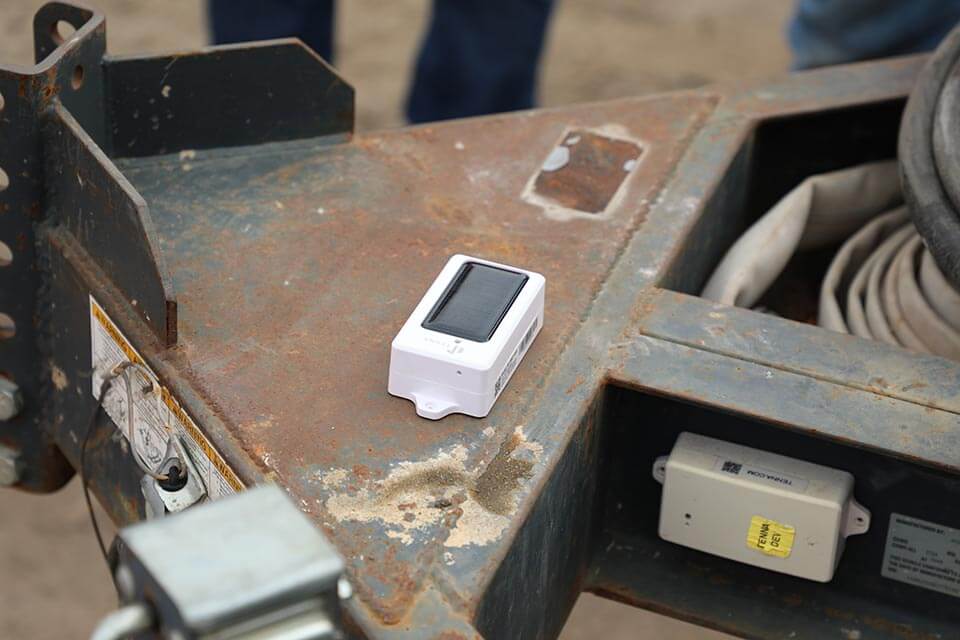Helium, the decentralized, block-chain based, network for the Internet of Things, seems to be off to the races. The company is selling Hotspots as fast as they can make them, and coverage has spread throughout much of the US. But the connection between how users pay for the network and how Hotspot owners get paid for providing the network is far from obvious. Here’s an explanation for your consideration. Be warned—it’s dense, and you’ll probably have to read it a few times. What it really needs is an infographic or—even better—an animation. But I’m not the guy for either.

Short Version
- Users of the Helium network pay in Helium tokens (HNT).
- Hotspots owners receive HNT.
- You might think that the HNT flows from users to Helium, Inc., to Hotspot owners. This is wrong.
- Rather, the HNT used to pay for network use doesn’t go anywhere at all. It is removed from circulation (i.e., “burned”).
- Likewise, the HNT used to reward Hotspot owners doesn’t come from anywhere. It is created by the system (i.e., “minted”).
- The rate at which HNT is minted does not change, but the rate at which HNT is burned will vary with (1) how much the network is used and (2) the value of HNT.
- The system is designed so that, in theory, increased use of the Helium network will drive up the price of HNT on the open market.
Long Version
- Helium uses a BME (burn-and-mint equilibrium) token model.
- Helium tokens (HNT) are traded on open exchanges.
- IoT device owners pay with data credits (DC) to transmit data via the Helium network.
- DC may only be purchased with HNT. (Note, though, that for your convenience, Helium Inc. has set up a way for you to give them money via credit card, which they then use to buy HNT to buy DC to give to you.)
- HNT that are used to purchase DC are “burned”; i.e., removed from circulation.
- Data transmission via the Helium network can only be paid for with DC. (DC can also be used for a few other purposes, such as to pay the transaction fee for transferring HNT to someone else.)
- DC may not be sold or transferred.
- The price of data transmission is 1 DC per 24-byte data packet and, according to Helium, will never change.
- The price of 1 DC is $0.00001, and, according to Helium, will never change.
- Since the dollar value of HNT can fluctuate (because HNT is traded on open exchanges), the cost of data transmission in HNT (not in dollars) can also fluctuate.
- Hotspot owners are rewarded for transmitting data by being granted newly minted HNT (and also for providing proof of coverage, but that’s not germane to this explanation).
- Here is the key: The number of HNT granted to the entire population of participating Hotspot owners during a given time period (i.e., the amount of HNT “minted”) is fixed. It is not equal to or even proportional to the amount of data transmitted, and therefore it may or may not match the number of HNT burned to transmit the data.
- The reward for a participating Hotspot owner for transmitting data is a percentage of the fixed number of HNT minted for that time period. The percentage of HNT received is proportional to the volume of data transmitted.
- With the system at equilibrium, the number of HNT minted equals the number of HNT burned. However, if network usage increases, the number of HNT burned will exceed the (fixed) number of HNT minted, resulting in a net decrease in the number of HNT in existence. This, in theory, will cause the value of HNT on the open exchanges to increase. (Supply goes down, so price goes up.)
- Because HNT is now worth more dollars, the number of HNT burned for subsequent data transmission (the cost of which, remember, is fixed in dollars) will decrease.
- The dollar value of HNT will continue to increase, and therefore the number of HNT burned will continue to decrease, until the number of HNT burned is once again equal to the number minted. The system’s equilibrium is thus re-established as a result of the open market for HNT.
- The dollar value of HNT on the open exchanges will remain at its increased level, provided that the usage of the network remains at its increased level.
- Thus, in theory, the dollar value of HNT will be proportional to the amount of data transmitted through the Helium network. The more the Helium network is used, the more HNT will be worth.









